#black women's history
Text
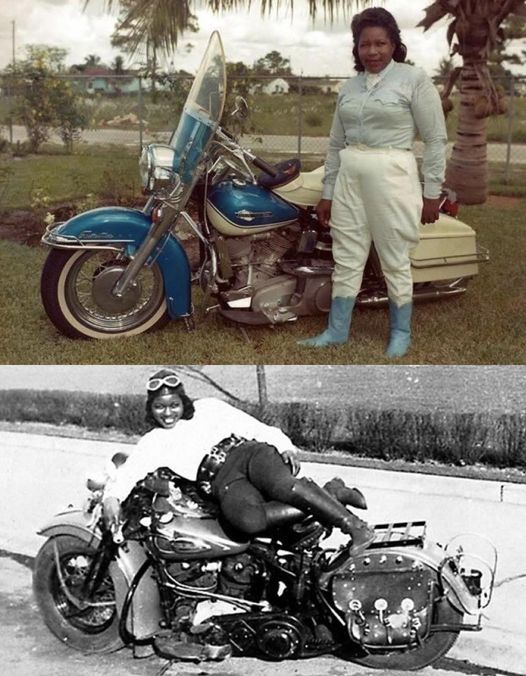
Bessie Stringfield the "Motorcycle Queen Of Miami"
"At the age of 16 Stringfield taught herself to ride her first motorcycle, a 1928 Indian Scout. In 1930, at the age of 19, she commenced traveling across the United States. She made seven more long-distance trips in the US, and eventually rode through the 48 lower states, Europe, Brazil and Haiti. During this time, she earned money from performing motorcycle stunts in carnival shows. Due to her skin color, Stringfield was often denied accommodation while traveling, so she would sleep on her motorcycle at filling stations. Due to her sex, she was refused prizes in flat track races she entered.
In the 1950s Stringfield moved to Miami, Florida, where at first she was told "n*gger women are not allowed to ride motorcycles" by the local police. After repeatedly being pulled over and harassed by officers, she visited the police captain. They went to a nearby park to prove her riding abilities. She gained the captain's approval to ride and did not have any more trouble with the police."
More info: https://en.wikipedia.org/wiki/Bessie_Stringfield
#bessie stringfield#black women#bikers#biker women#u.s. history#feminism#feminist#racism#sexism#racial discrimination#gender discrimination#black women's history
113 notes
·
View notes
Text
Black history month figure: Josephine Baker

June 3rd, 1906 - April 12th, 1975
Josephine Baker was an African American dancer, singer, and actress.
She fled America due to racism and headed to France. Apparently, they were far more accepting of black people...
Josephine was able to thrive in her career, and popularized provocative dancing and booty shakin'!
She was one of the richest black people of her time. 1920's and 30's. Think about that.
She had to leave France when WW2 started and Nazis began invading.
Eventually, she returned and hid refugees away who were hiding from the Nazis.
Josephine came into contact with the French military and became a spy, getting intel with her social status and charm.
She even went as far as to hide military information in her underwear.
Josephine was able to convince Nazis that a French military man wasn't in her home when he totally was.
Which is pathetic on the Nazi's end, but this ain't about them.
@killersweetie
@atcordare
@love-thanatopsis
@the-dumber-scaramouche
@vtoriacore @vtoriacore-rbs
@eccedentesiast-sapphic
#black history month#black women's history#josephine baker#black history#african american history#african american
171 notes
·
View notes
Text
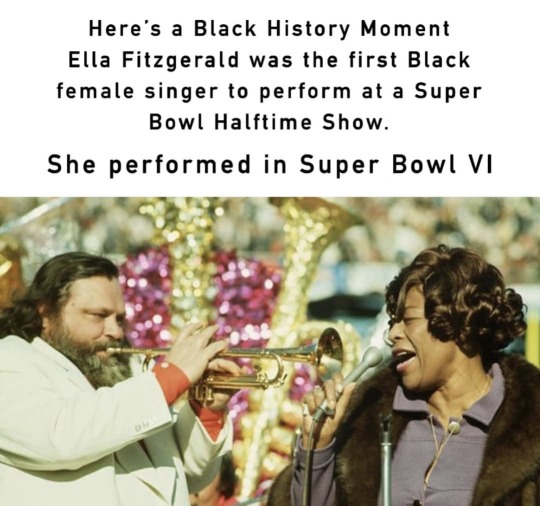
Wow Who Knew!
“Ella Fitzgerald made history as the first jazz artist and the first Black-American woman to perform at the halftime show. The performance, billed as a "Salute to Louis Armstrong," featured Fitzgerald and trumpeter Al Hirt delivering a rendition of Satchmo's classic "Mack the Knife."
#Black History Month#Louis Armstrong#Ella Fitzgerald#Super Bowl#Halftime#Al Hirt#Mack The Knife#Black Women's History
12 notes
·
View notes
Text
Hattie McDaniel
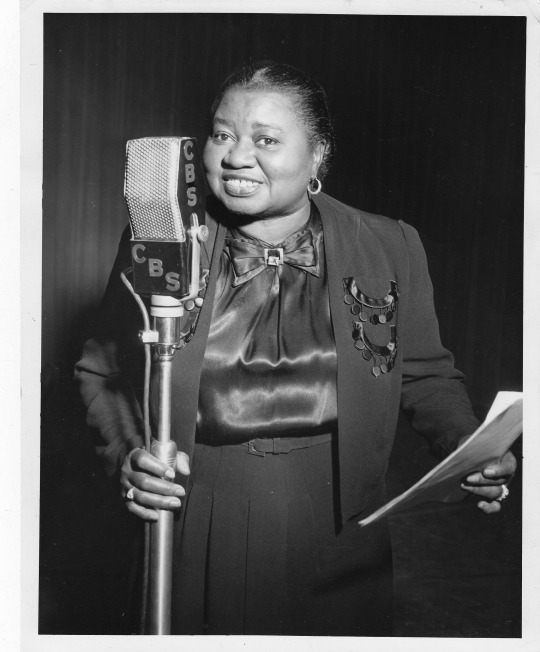
'I'd rather make $700 a week playing a maid than earn $7 a day being a maid.'
Hattie McDaniel is not recognised enough for being the amazing, talented, powerful woman she was.
She was the first Black woman to sing on the radio. She was the first Black person to win an Academy Award (for Gone with the Wind). She had to accept her award from segregated seating. She was the first Black person to attend the Academy awards as a guest not a servant.
She had a romantic relationship with actress Tallulah Bankhead.
When she died, she left her ex husband $1.
She is just as much part of Golden Era Hollywood as Cary Grant, Katharine Hepburn, and Greta Garbo. Remember her name.
#golden era hollywood#queer hollywood#queer#queer history#Black women in hollywood#hollywood history#black history#first Black person to win an academy award#first Black person to attend the academy awards#hattie mcdaniel#women's history#Black women's history#beautiful women#beautiful Black people#tallulah bankhead
32 notes
·
View notes
Text
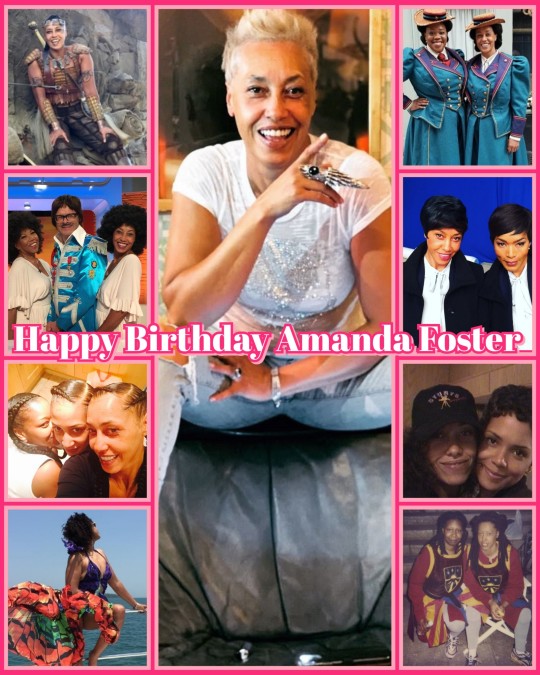
Amanda Foster: March 18, 1957

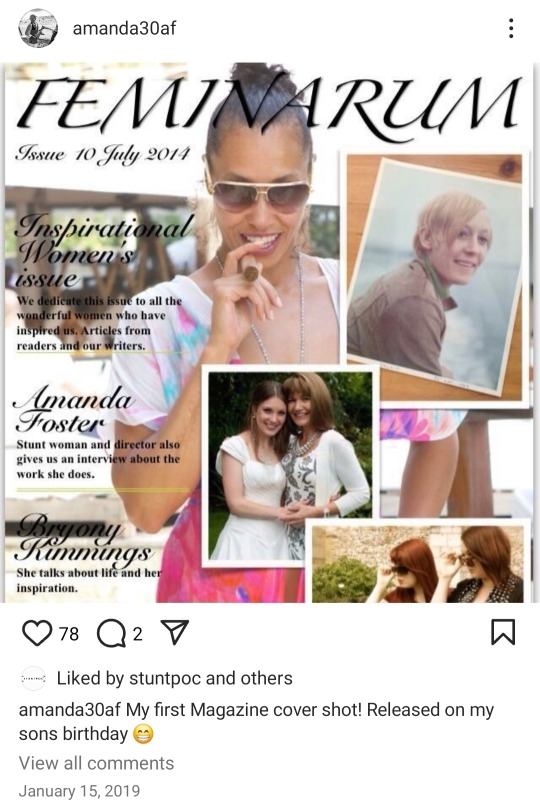
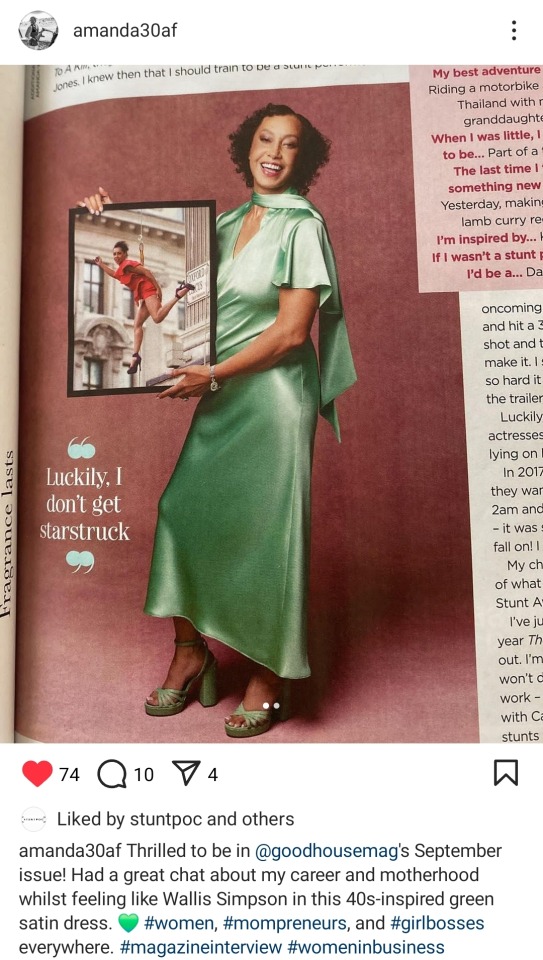
Britain's First Black Stunt Woman
#Happy Birthday Amanda Foster#Amanda Foster#Black Stuntwomen#Black British#March#March Birthdays#March 18#1957#Birthday Photosets#Black History#Women's History#Black Women's History#firsts#Happy Birthday#birthdays#celebrity birthdays#Pink Aesthetic#Birthdays#British#International#Nesha Photosets#BFCD Women's History Month#Black Women in Entertainment
5 notes
·
View notes
Text
The most disturbing reality of the life of Sally Hemings is that there is a spotlight on it because of who Thomas Jefferson was. It was not that unique in itself.
And that life testifies to the invisible reality that will be gone into in more detail tomorrow in the 19th Century. The experiences of Black women, as defined by modern scholars like Kimberle Crenshaw, form and have always formed an intersectional axis of how the various categories of repression and oppression in American democracy worked and continue to work. Black women were invisible, hence the phrasing "Blacks and women." Black women were also subject to very particular horrors and types of exploitation in slavery, one of the seediest, filthiest underbellies of the entire Old South.
Insofar as things were and are unique here, at another level, it is also because of Sally Hemings being Martha Jefferson's half-sister. THAT was an extra level of sleaze that really was unusual even for plantation owners. But beyond that, her life, as much as it was defined by being the most well-known case of what was standard practice on plantations, speaks of what the truth of the 'Peculiar Institution' was, the deformities worked on the corroded consciences of the slaveowner, and the realities of how much it took to endure those horrors when one was the enslaved person.
This is one of many, many invisible strands of American history whose recovery is no small part of the effort to censor and ban Black history today.
#lightdancer comments on history#women's history month#the united states and women's history#sally hemings#black women's history
27 notes
·
View notes
Text
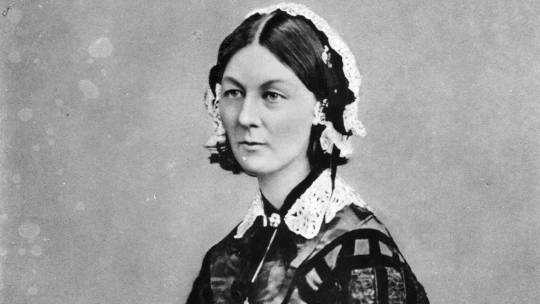
Florence Nightingale, first practicing nurse epidemiologist. Developed the first organized program for training nurses, the Nightingale Training School for Nurses (St. Thomas' Hospital, London). Established the first health-maintenance-and-restoration-based nursing philosophy. Known as the "lady with the lamp" during the Crimean War (1853) where she volunteered, traveling the battlefield hospitals nightly to treat the wounded.

Clara Barton, founder of the American Red Cross (1881). She risked her life provided self-taught nursing aid to wounded soldiers on the battlefields during The Civil War (1860-1965), and became referred to as the "Angel of the Battlefield". One of the first women to work for the federal government, she made the Office of Missing Soldiers to aid in the reunion of more than 20,000 soldiers with their families. While providing aid during the Franco-Prussian War (1869), the Red Cross movement was first brought to her attention, inspiring her to bring the movement to America.
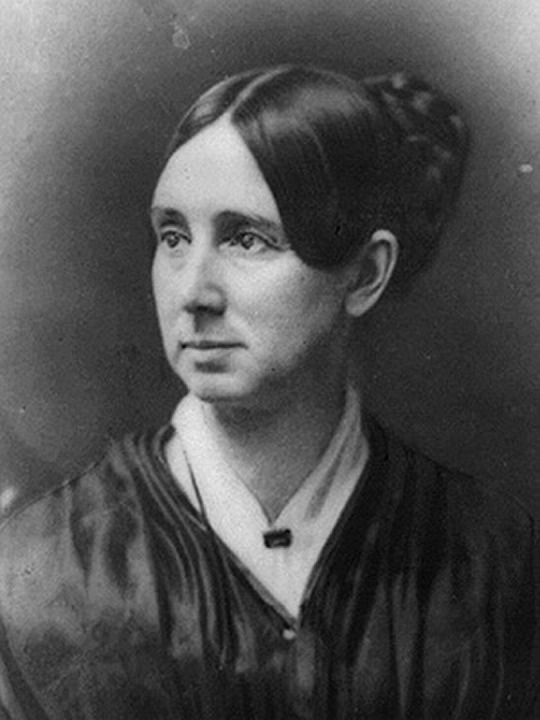
Dorothea Lynde Dix, an advocate of indigenous people and the mentally ill. She visited multiple mental institution, reporting her findings and advocated for better managed institutions, eventually establishing asylums of her own. During The Civil War (1860-1865), she aided the Union army by recruiting more than 3,000 nurses and was designated as the Superintendent of Army Nurses. She was known and respected for providing aid to the wounded soldiers from both Confederate and Union sides.

Mary Ann Ball, aka Mother Bickerdyke. She was a hospital administrator for the Union soldiers during The Civil War (1860-1865), regulating supplies and provision for the troops. Referred to as one of the best "generals" during the war for her efforts and organizations of military hospitals, following the war she remained an advocate for veterans - becoming an attorney for those who faced legal issues. 300 hospitals were built to aid the wounded over 19 different battlefields from her involvement.

Harriet Tubman, provided safe passage for slaves during the Underground Railroad movement. Known as the "Moses" of her people, her actions resulted in more than 300 slaves being lead to freedom. She provided nursing aide to the Union forces during The Civil War (1862-1865). Following the war, she played in active role in causes including the Womens Suffrage, and created the "Harriet Tubman Home for Indigent Aged Negroes" where orphans and the elderly could be taken in and care for.
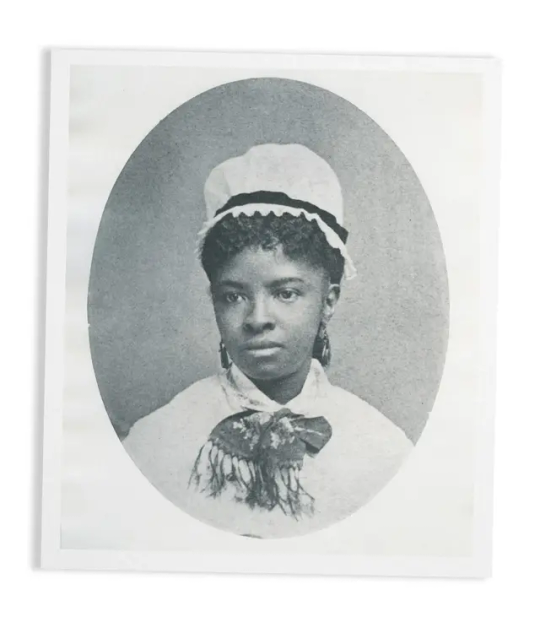
Mary Mahoney, brought awareness to the cultural and racial diversity in nursing, emphasizing respect and the inclusion of all in the profession. The first African-American to receive an official education for the nursing profession (New England Hospital for Women and Children, Boston - 1874). She became the first African-American member of what is now referred to as the American Nurses Association, and helped start up the National Association for Colored Graduate Nurses in 1908.

Isabel Hampton Robb, a large influence in the advancement of the nursing social status in society. She influenced the system of nursing education by implementing a grading policy in the program to improve the quality of the students graduating from the program. She authored the comprehensive and foundational text, Nursing: Its Principles and Practice (1893), and helped to standardize the nursing education all around. She served as president of both the National League for Nursing Education and what is now referred to as the American Nurses Association.

Lillian Wald, opened the Henry Street Settlement (1893) with her fellow nurse graduate, Mary Maud Brewster. Addressed the health needs of poor immigrant families residing in tenements of New York City's Lower East Side. Coined the term "public health nurse", she fought for public health care, women's rights, and children's rights. Her and Mary Brewster started the Visiting Nursing Service of New York. During her work at the Henry Street Settlement, she established one of the earlier playgrounds and aided in paying salary to the first Public School Nurses in NYC. She had a hand in starting up the United States Children's Bureau, the National Child Labor Committee, and the National Women's Trade Union League.

Mary Adelaide Nuting, known for becoming the first nursing professor in 1906 (Columbia Teachers College), and assisted in getting nursing education in Universities across the states. She attended the first nursing training following Florence Nightingale's inflence (John Hopkins Hospital Training School - 1889). Throughout her advancement in the nursing profession working at the school, she assisted in advancing the program - brought in scholarships and on-the-field experience; her work influencing other Universities create and better their own nursing programs. Founder of the American Journal of Nursing (1900), she also became the first registered nurse in the state of Maryland. Several of her authored and coauthored books are still implemented today in nursing programs throughout the nation.
#Historical Influences#Historical Nurses#Nurses in History#Nursing History#Women's History#Black History#Black Women's History#Florence Nightingale#Nursing Philosophy#Clara Barton#American Red Cross#The Civil War#Dorothea Lynde Dix#Mary Ann Ball#Mother Bickerdyke#Harriet Tubman#Lady with the Lamp#Angel of the battlefield#Mary Mahoney#Underground Railroad#Isabel Hampton Robb#American Nurses Association#Lillian Wald#Public Health Nurse#Mary Adelaide Nuting#Mary Maud Brewster#Nursing#Nurses#Nurse#public school nurse
4 notes
·
View notes
Link
7 notes
·
View notes
Link
I’ve never heard of this young lady before today. It’s a powerful story that is absolutely worth the read. It’s got a happy ending, don’t worry!
28 notes
·
View notes
Text




She danced like Mata Hari, she sang like Betty Boop's big sister, she shook it like a bowl of soup. And she was smart enough to work out that a top quality, all-girl jazz band would take the 1930s by storm. So how come Ina Ray Hutton, "the Blond Bombshell of Rhythm", is all but forgotten? A recently released three-disc set, The Definitive Collection, shows that she was no slouch or novelty act, either. "I'm selling this show as a music programme," she'd say with a wink, "but if curves attract an audience, so much the better."
Hutton had apple-pie looks and a jaw-dropping figure. She led her all-girl band, the Melodears, right through the 30s, popping up on screen in The Big Broadcast of 1936 alongside Bing Crosby and Al Bowlly. This was a remarkable feat when you consider there were so few other female jazz musicians in the 30s – the most visible were vibes player Margie Hyams and trumpeter Billie Rogers, both in Woody Herman's band.
Hutton was born Odessa Cowan in 1916, and grew up with her half-sister June (also a successful singer) in a black neighborhood on Chicago's south side. US census records record her as being "negro" and "mulatto", but Hutton "passed" as white throughout her career. She studied dance, picking up a rave review in her local black newspaper, the Chicago Defender, when she was just seven, and made her Broadway debut at 14. She was 18 when the jazz impresario Irving Mills put together the all-woman band that became the Melodears and made her the leader, changing her name to Hutton to take advantage of the notorious reputation of the Woolworths heiress Barbara Hutton.
The Melodears were an instant hit, touring solidly for five years and appearing in several Paramount film shorts of their own, including the enticingly titled Feminine Rhythm (1935), Accent on Girls (1936) and Swing, Hutton, Swing (1937). The latter included the excellent Truckin', and a surviving clip reveals them to be an extremely tight and exciting band: guitarist Helen Baker keeps time by bobbing her head as Ina Ray does her best to tap dance in a tight black gown that pretty much glues her knees together. You half expect the camera to pan round and reveal a crowd of Chuck Jones's cartoon wolves, leering and cheering.
The Melodears' outfits ranged from boyish trousers to long, ultra-feminine, sequined outfits. Downbeat magazine reported that Hutton's stage wardrobe included 400 gowns. Hutton would pave the way for a wave of female bands who took off in the 40s, when many leading male musicians were serving in the US armed forces. However, in 1939, she made the contrary decision to disband the Melodears and recruit an all-male band, including the saxophonist Serge Chaloff. Hutton was tired of her band being seen as a novelty act – reviews were uniformly snippy – and she told Downbeat she was "through with glamour". To emphasise the point, she even went brunette. It wasn't until the 1950s, by now fronting the Ina Ray Hutton Show on TV, that she got the girls back together, winning an Emmy in the process. Her last recorded performance came in the 1975 film Brother, Can You Spare a Dime? and she died in California in 1984.
One possible reason Ina Ray Hutton has been overlooked is that she cut very few records, mostly for Okeh and Elite in the early 40s; radio broadcasts make up the bulk of The Definitive Collection. Also, so many details of her story seem frustratingly buried. Interviews were rare, and there is precious little available online, but the bare bones – a platinum blond pioneer for women in music, fashion and television – cry out for a biopic. YouTube could help rebuild her reputation.
The critics may have had it in for her – luckily for us, the camera loved her. Jazz bandleader Ina Ray Hutton pioneered the way for female stars in music, fashion and television. It's high time she was rediscovered!
5 notes
·
View notes
Text
Vintage Photos of Queer Couples of Color

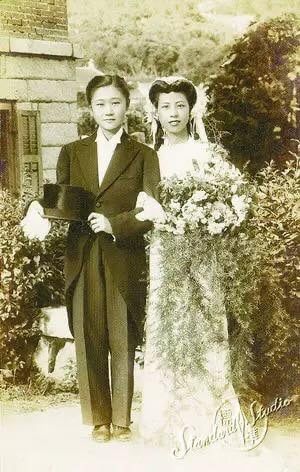

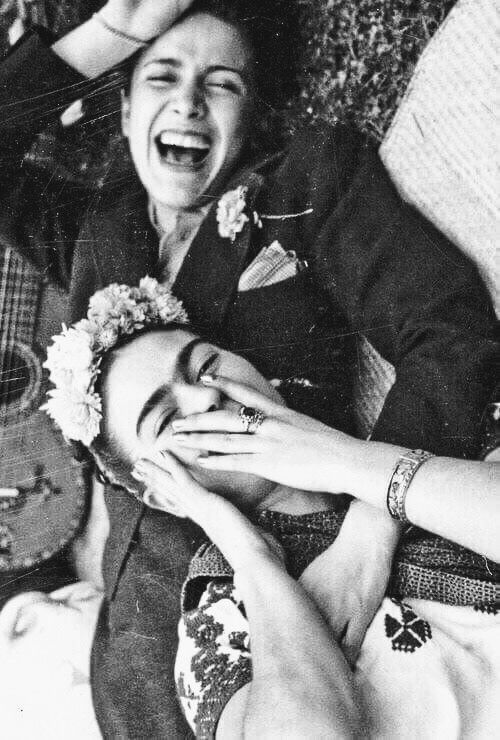
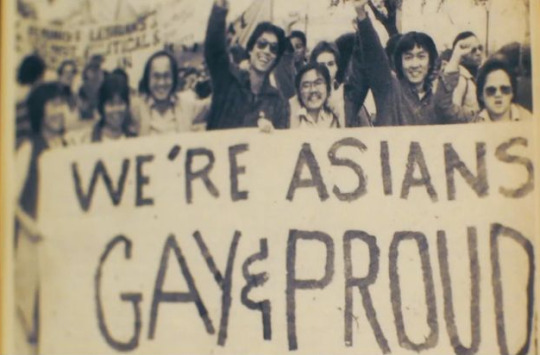
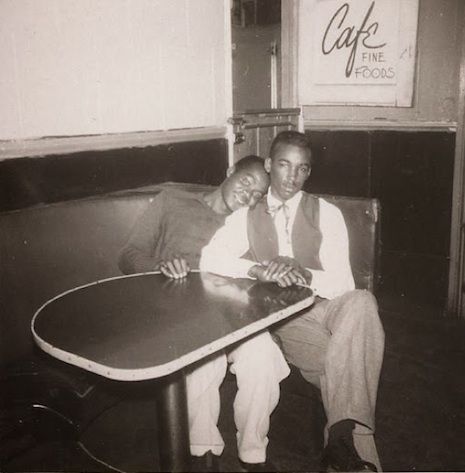


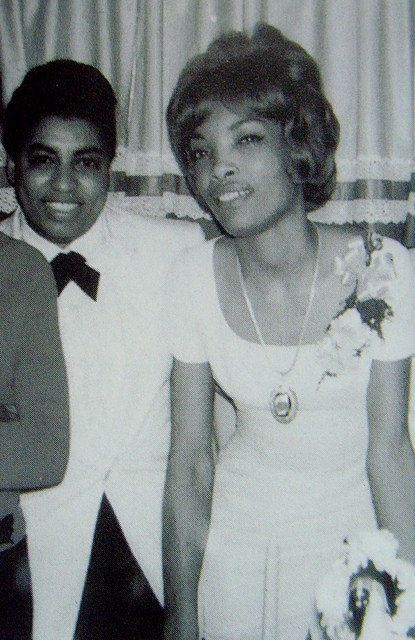
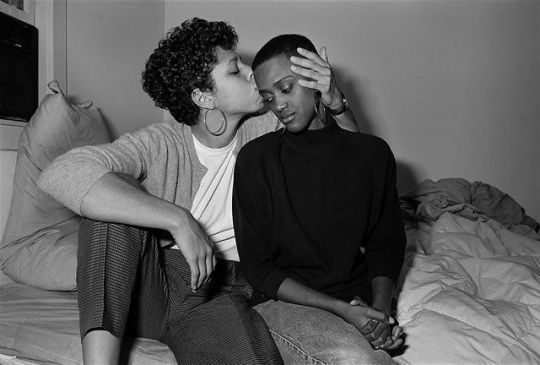
#queer#sapphic#lesbian#wlw#mlm#mlm post#mlm positivity#wlw yearning#wlw love#wlw positivity#queer history#black lesbian#gay man#black queer#black women#indian#desi#asian#lgbt pride#lgbtqia#lgbtq#lgbtq community#gay
17K notes
·
View notes
Text
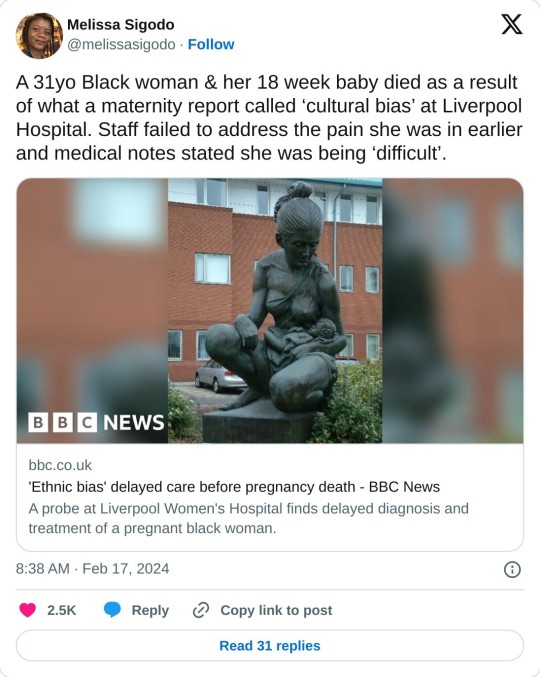
Defend and Protect Black Women!!
Misogynoir medical bias is KILLING Black women disproportionately. If you know even a little history of how Black women have been systematically dehumanized and objectified in the medical industrial complex -you'd know this is FAR too common and it's despicable. These medical professionals should be losing their licenses to practice medicine.
"Black women are three to four times more likely to experience complications during pregnancy and childbirth and die from these complications compared with white women. Additionally, infants born to Black women are two times more likely to be born premature (<37 weeks of gestation) compared with infants born to white women."
"In the 19th century, J. Marion Sims performed experimental surgery on enslaved Black women without their consent to develop a cure for vesicovaginal fistula. These experiments facilitated the generations of two key health care scripts about Black women in the context of reproductive health care: (1) it is acceptable to perform procedures on Black women without their consent; and (2) Black women have a high tolerance for pain."
"Although there is a plethora of research documenting Black women's experiences of racism and discrimination while navigating perinatal care, much less has been reported regarding the relationship between racism and clinical care through the lens of clinicians' caring for Black women during pregnancy and childbirth."
#feminist#social justice#feminism#current events#current news#black women#protect black women#protect black girls#systemic inequality#systemic injustice#medical bias#medical apartheid#antiblackracism#antiblackness#tw child death#tw pregnancy#history#obstetrics and gynecology#united kingdom
4K notes
·
View notes
Text



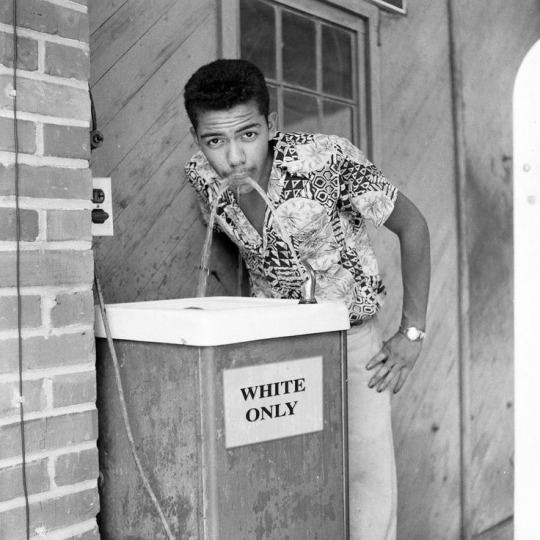



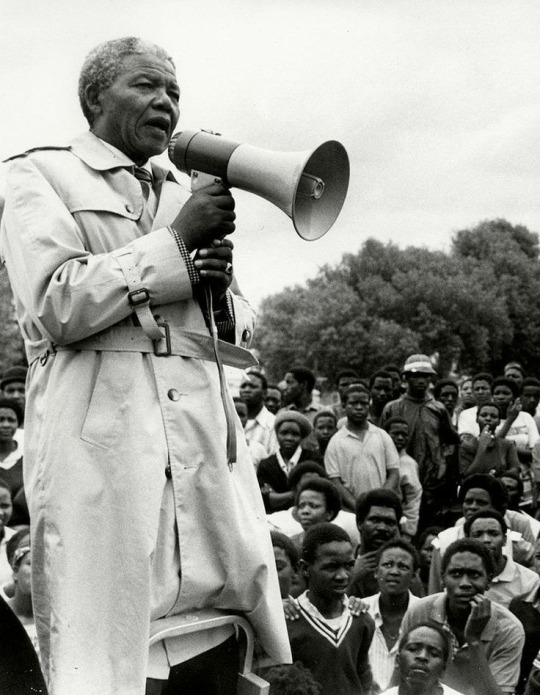
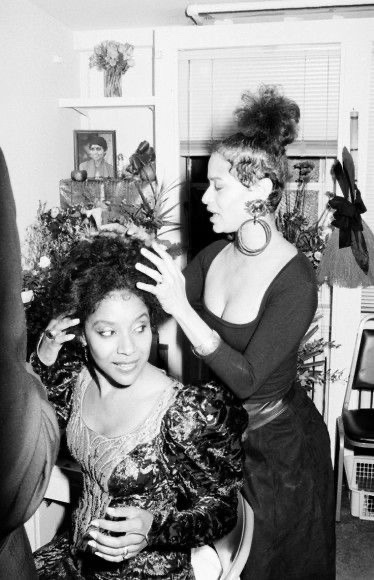

Happy Black History 🤎
#black girl aesthetic#black girl blogger#pinterest#black girls of tumblr#black girl joy#black girl magic#black boy aesthetic#blck history#black history#black hair#black men#black women#harriet tubman#madam cj walker#donna summer#malcolm x#martin luther king jr#james baldwin#maya angelou#toni morrison#eartha kitt#teresa graves#nelsonmandela
3K notes
·
View notes
Text
"No Pride for some of us without liberation for all of us." -Marsha P. Johnson




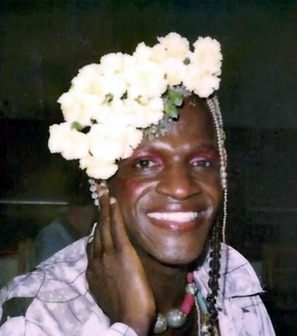


#the first pride was a riot#remember your roots#marsha p johnson#other#black#women#and other#humans#opened the door#stonewall riots#paved the way#blm#black lives matter#black women#trans rights#intersectional social justice#intersectional feminism#us history#queer history#BIPOC history#queer bipoc#lgbtq+ history#1980s#queer#lgbtq#lgbtq history#ivy speaks#gnc#drag#transgender
8K notes
·
View notes
Text

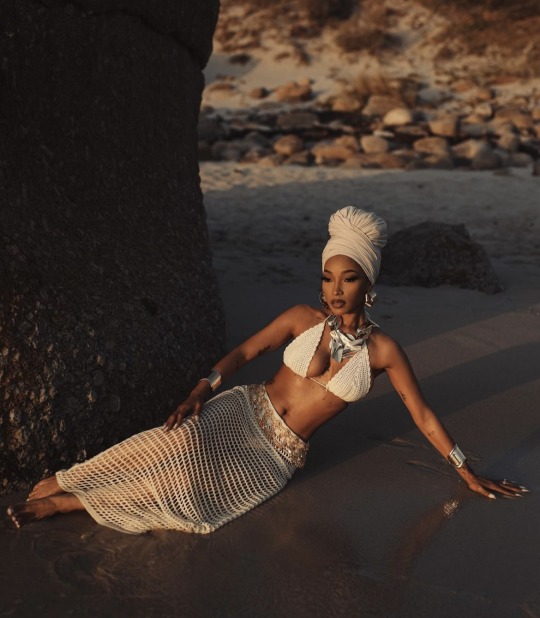



kukhanya.k
#south african women#black girl moodboard#black girl aesthetic#black girls are beautiful#black women#black femininity#black women in luxury#black girls in luxury#fashion#clothing#nubian goddess#nubian queen#black woman#black history month#black dress#black girl fitspo#black girl luxury#black girls of tumblr#black luxury#black people#black tumblr#black beauty#black is beautiful#wocsource#wocdaily#woc beauty#women of color#woc#grace elizabeth#wocedit
3K notes
·
View notes
Text
Rosa Parks is famous for one thing but she did a great deal more than that:
Like Betty Friedan, Rosa Parks was a lifelong activist who did much more than one thing. She was also a woman who took the lead in dealing specifically with the SA directed at Black women, and in seeking bodily autonomy for Black women. A reminder that there are truths that have always been faced, and that Black women in this society have been forced to act on their own behalves because none else truly end up acting for them.
#lightdancer comments on history#women's history month#black history#black women's history#the united states and women's history#rosa parks
11 notes
·
View notes